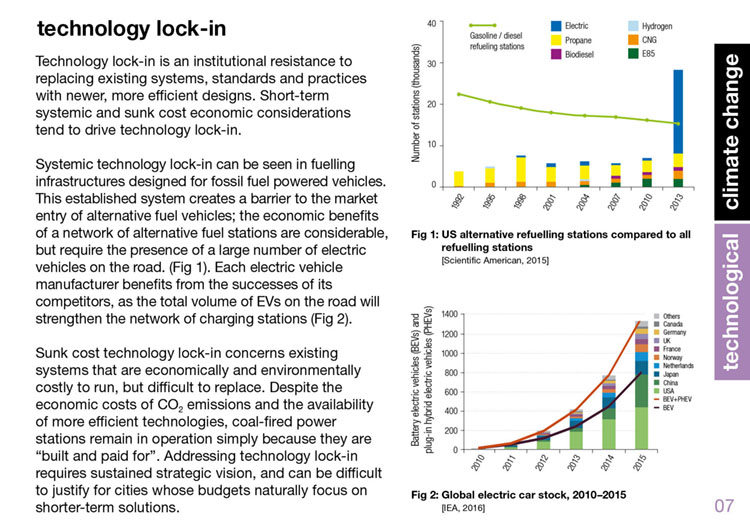So, this is my first post after having attending the NEM Meetup event in London last night…
I must say, I am extremely encouraged by the progress and future strategy for the NEM platform, and props to Kristoff and Lon for delivering a fantastic presentation!
I first heard about NEM around last august 2017 after having spent many weeks researching various blockchain platforms and cryptocurrencies and deciding that NEM is the clear winner when it comes to the underlying technology, company and potential applications. I have great faith in the company, and truly believe that NEM has the potential to become the No.1 global blockchain solution. This was likewise confirmed to me at the meeting last night. Not only does NEM have a fantastic technological base and world class dev team, but I was very impressed by Lon’s business philosophy and the emphasis on a positive ‘company culture’, and ‘passion over profit’. I personally feel that these are fundamentally crucial aspects to the success and longevity of NEM. However, as a student of the history, philosophy and policy of science and technology at University College London, I have some minor ‘concerns’ about the strategy going forward.
One aspect of my studies has been the various factors that determine whether or not a technology achieves widespread adoption and market dominance. That being, we might tend to assume that the best technologies are the ones that succeed in the long run, but history shows that this is very often not the case. One famous example of this is the QWERTY keyboard, invented in 1872. Although there have been many different keyboard designs since QWERTY which are far more efficient and logical designs, we nonetheless still use QWERTY today. The primary reason for this is ‘first mover advantage’ and technological ‘lock-in’. i.e since everyone had already invested in QWERTY typewriters and trained to use this layout, companies were unwilling to adopt newer, better designs, despite the technology being superior.
Another famous example is the electric car. If you were not already aware of the fact, the electric car was invented before the internal combustion engine car. Despite having first mover advantage in this case, the electric car ultimately succumbed to the powerful vested interests of the oil and gasoline industry, which were already well established and already had the infrastructure to support widespread adoption of the gasoline powered car. The infrastructure to support electric cars was not sufficient to support widespread adoption, and so the gasoline powered car dominated and continues to dominate today.
Although these are just two very basic example in a long list of superior technologies that were not adopted, they provide key examples of the primary challenges that emerging technologies face. Again and again, the most important factors in the adoption of a new technology are supporting infrastructure, vested interests, and first mover advantage/technological lock in.
The take away message here is that, even though NEM is clearly the best technology and far more promising than it’s competitors, and even though NEM has immense potential, this is certainly no guarantee that it will succeed against inferior competitors.
With this in mind, I feel that the most important questions we need to ask about NEM going forward are as follows:
-
What constitutes ‘first mover advantage’ for blockchain technologies (usability? public adoption? commercial adoption? etc) and should we strive to beat others to the finish-line, or focus on ‘slow and steady wins the race’.
-
What potential vested interests could pose a threat to the success of NEM? I.e does NEM threaten any powerful established industries, and could they act to prevent NEM from succeeding? (are there any industries that may feel threatened or wish to compete with NEM that have the power to make things difficult?) If so, what should NEM do to out maneuver any potential challenges from these vested interests?
-
Does the underlying infrastructure exist within society and industry to support the widespread adoption of the NEM platform? There are two ways to achieve this. Create the infrastructure, or focus on designing NEM to be compatible with the infrastructures that already exist. OR both. Which is more important or likely to be successful? Crucially, do any of the competitors have or have access to superior infrastructure?
I know what many of you are going to say. MARKETING!!!. And I would agree with you, to an extent. Marketing is, of course, absolutely crucial. But marketing for it’s own sake is hit and miss. Yes, marketing is key, but intelligent marketing that builds on genuine strengths and broad analysis of potential pitfalls is key to the success of said marketing. Otherwise you’re just throwing things at the wall and hoping they stick. Part of developing a successful marketing strategy is asking the right questions, which might perhaps include the ones I have detailed above, and more.
NEM undoubtedly has the potential to lead the market and change the world. But we can do even better than that. Let’s make NEM bulletproof.



